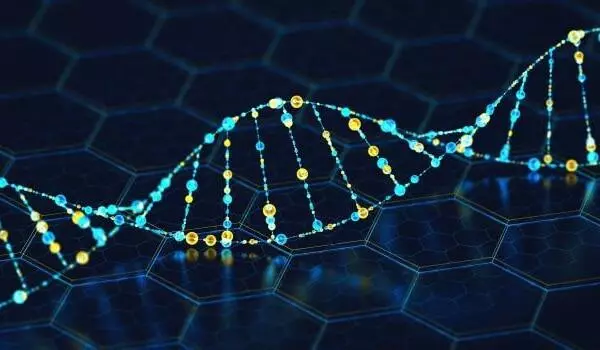Muscle wasting diseases are a group of disorders that cause progressive loss of muscle mass and function. One example of a fatal muscle-wasting disease is amyotrophic lateral sclerosis (ALS), also known as Lou Gehrig’s disease. Cancer, on the other hand, is a disease characterized by the uncontrolled growth and spread of abnormal cells.
A new study has found a link between the Duchenne muscular dystrophy (DMD) gene and cancer. Mutations in the gene that codes for dystrophins have long been linked to the debilitating muscle-wasting disease DMD, which affects one out of every 5,000 boys born. People with the condition typically live only into their 20s or 30s.
A new study led by the University of Portsmouth has discovered that the same gene also plays a role in oncology. A group of international researchers examined malignant tissues from breast, ovarian, and gastrointestinal cancer patients.
The findings that the DMD gene has a role in tumours, expands the growing evidence of its significance beyond Duchenne muscular dystrophy. Further investigation is needed to better understand the role of DMD in malignancies and how it may be exploited in monitoring cancer progression and treatment.
Professor Darek Gorecki
DMD gene expression was reduced in 80% of these tumors. Low dystrophin expression was linked to a more advanced stage of cancer and decreased survival across all tumor types. The study, published in Cancers, calls for a rethinking of the current belief that dystrophin expression is only important in muscles and that its presence in multiple tissues is the result of “illegitimate transcription.”
Senior author, Professor Darek Gorecki from the School of Pharmacy and Biological Sciences at the University of Portsmouth, said: “The findings that the DMD gene has a role in tumours, expands the growing evidence of its significance beyond Duchenne muscular dystrophy. Further investigation is needed to better understand the role of DMD in malignancies and how it may be exploited in monitoring cancer progression and treatment.”

Furthermore, these findings add to the recently discovered fact that the disease starts much earlier than previously thought. In 2021, the team published the results of modeling DMD to examine its progression from its initial trigger to its first manifestation. They discovered abnormalities in the embryo even before birth.
Given the similarities between early embryo development and cancer formation, such as invasive potential, changes in gene expression, and other critical behaviors, the team decided to investigate the DMD gene across the tumor spectrum, leading to this discovery.
The majority of boys with DMD are diagnosed between the ages of two and five, by which time the damage to their bodies has already been significant. According to Professor Gorecki, these new findings should be considered because a delay in identifying the condition may prevent therapeutic interventions that could help slow, if not stop, disease progression.
“The function of DMD, the largest known human gene, is far more complex than previously thought,” he explained. “We need to understand it better if we are to find effective treatments for pathologies caused by its mutations.”
Although there is no known link between muscle-wasting diseases and cancer, some genetic mutations that cause muscle wasting diseases have been found to increase the risk of developing certain types of cancer. For example, mutations in the BRCA1 and BRCA2 genes, which are associated with an increased risk of breast and ovarian cancer, have also been linked to an increased risk of developing ALS.





